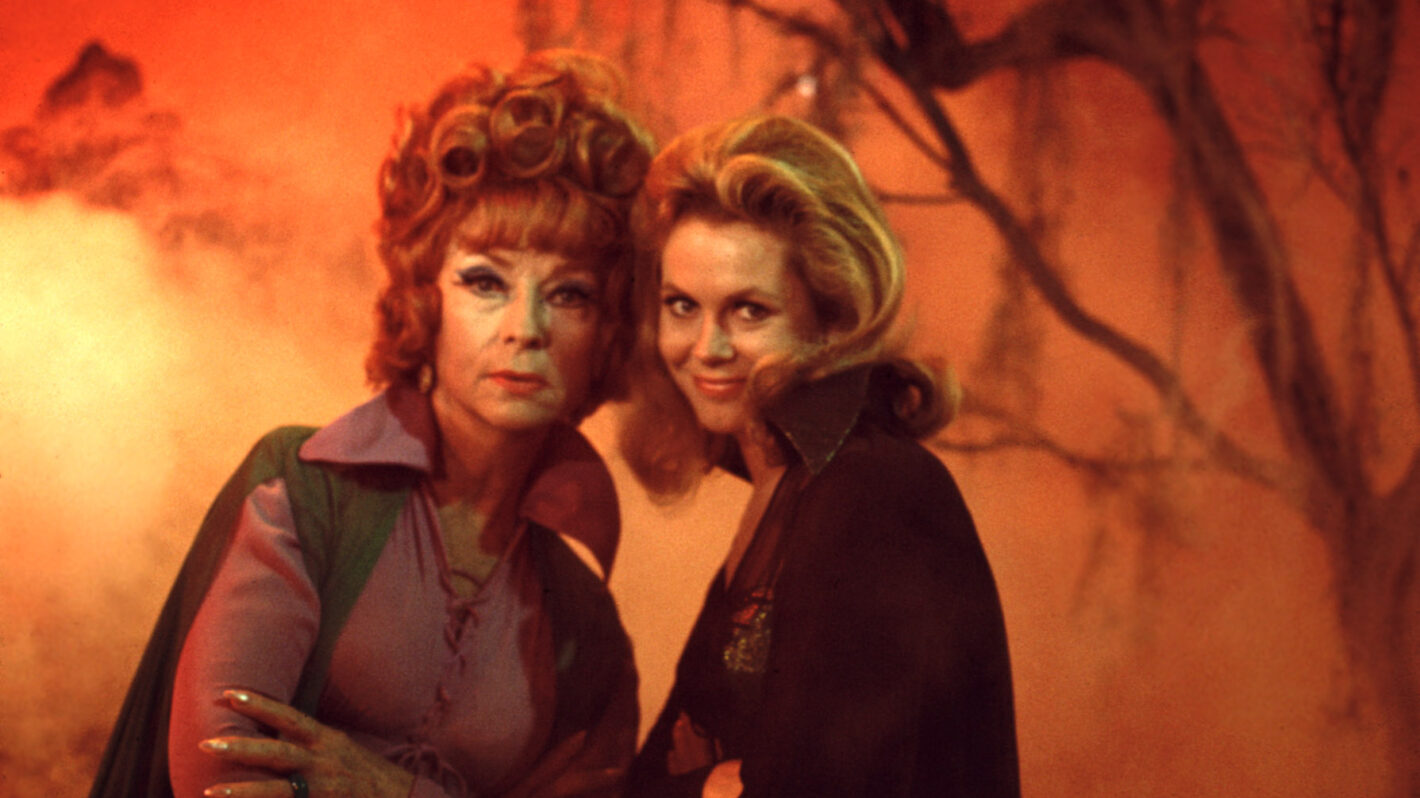
After Disney approached Pixar with the idea of working together for the first time, Pixar proposed three different ideas for possible projects to develop: an original film called Bob the Dinosaur, an adaptation of Roald Dahl’s James and the Giant Peach and a Christmas TV special starring the characters from Tin Toy. Disney liked the third idea the most and so Pixar began working on A Tin Toy Christmas, but Jeffrey Katzenberg pushed for Pixar to make it a feature film instead.
The film, which was now titled “Toy Story,” originally featured the wind-up toy from Tin Toy (Tinny) getting lost at a gas station and meeting a ventriloquist’s dummy (Woody). The story followed the two as they go on a series of misadventures until finally ending up at a kindergarten where they can be played with every day, but upon Jeffrey Katzenberg’s request, the Pixar team scrapped much of these ideas and created something that more closely resembled the final product, including the addition of a pizza restaurant, the moving van, the idea of Tinny and Woody being rivals and the idea of Tinny and Woody escaping from a kid who mutilates toys.



Over the course of the film’s long development, Tinny eventually changed into a more modern action figure (he was originally called Lunar Larry before they finally settled on Buzz Lightyear) and Pixar character designer Bud Luckey suggested changing Woody into a cowboy doll. Director John Lasseter liked the idea of contrasting the Western genre with the sci-fi genre and so he approved of the change. At this point in the story’s evolution, the idea of Buzz Lightyear being the new toy in town replacing a jealous and bitter Woody and becoming Andy’s new favorite toy was taking shape as the central conflict of the plot.
Pixar’s team obviously had no experience writing feature films when they worked on this, which added significantly to the challenge, but they did attend screenwriting seminars, they hired experienced screenwriters such as Joss Whedon to help polish the script, and most importantly they watched a lot of movies, including adult comedies like Midnight Run as well as other animated films like Hayao Miyazaki’s Castle in the Sky. Whedon for his part contributed changes to the script that became pivotal to the film, including the creation of the character Rex and the change in Buzz’s personality from cheery dimwit to more strait-laced and oblivious. Even Walt Disney Animation Studios contributed to the story by helping create the Little Green Men.

Paul Newman, Clint Eastwood and even Robin Williams were considered as the voice of Woody, but John Lasseter always saw Tom Hanks as the perfect voice, due to Hanks’ ability to be likable even when he was portraying a jerk (see A League of Their Own). Billy Crystal was initially approached to voice Buzz but he turned down the role because he felt the fully CG-animated feature film was too big of a career risk (a decision he regretted after he watched the film). Unlike Woody, Buzz was difficult to cast, with Pixar considering everyone from Bill Murray to Jim Carrey to Michael J. Fox to John Travolta before they finally landed on Home Improvement star Tim Allen, who did an excellent job bringing his authoritative know-it-all persona to the character.


Other actors in the cast include insult comedian Don Rickles as Mr. Potato Head, Beverly Hillbillies star Jim Varney as Slinky Dog, Wallace Shawn as Rex the T-Rex, Cheers star John Ratzenberger as Hamm the piggy bank, Annie Potts as Bo Peep, R. Lee Ermey as Sarge, and John Morris, Laurie Metcalf and Erik Von Detten as the human characters Andy, Andy’s mom and Andy’s next-door neighbor Sid.






Toy Story was a difficult film to crack. Partly because it was being made by people who were learning how to make a film as they went, partly because of Jeffrey Katzenberg (whose calls for more dark and edgy humor occasionally drained all the film of its charm during a particularly dark period in the film’s development), and partly because of how often they had to halt the film’s development and start over from scratch. But the film had a lot of passionate artists behind it and a small crew of 27 animators, and once the voices were recorded and musician and singer Randy Newman came in to bring his lively and emotional style to the soundtrack, confidence in the project began to grow both at Pixar and at Disney, and on the Thanksgiving weekend of 1995 when the film was released, its charm and entertainment value were undeniable, with a lot of film critics praising it as both entertaining and innovative as well as a hilarious comedy that both kids and adults can enjoy. Subsequently the film went on to huge commercial success, becoming the highest-grossing film of 1995 domestically and the third highest-grossing animated film of all time after Aladdin and The Lion King. Plus it became the first animated film in history to be nominated for the Best Original Screenplay Oscar, in addition to the nominations Randy Newman received for his score and for his song “You’ve Got a Friend in Me.”





Toy Story‘s popularity not only built an entire franchise that includes sequels, spin-offs, TV shows, stage adaptations, video games and theme park attractions, but the movie also changed the face of Hollywood animation by ushering in more feature films made entirely with computer animation, which to this day is the primary medium for theatrically released American animated films. Buzz Lightyear’s catchphrase is “To Infinity and Beyond” and as comedically over the top as that may be, I think it might be the perfect way to describe this film’s scope and reach in terms of its impact, influence and artistic ambition.












